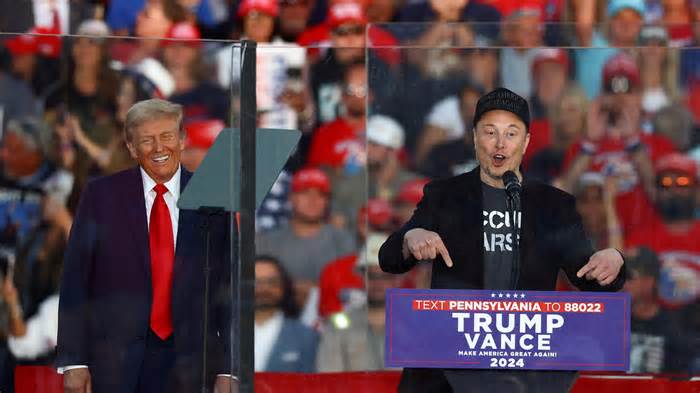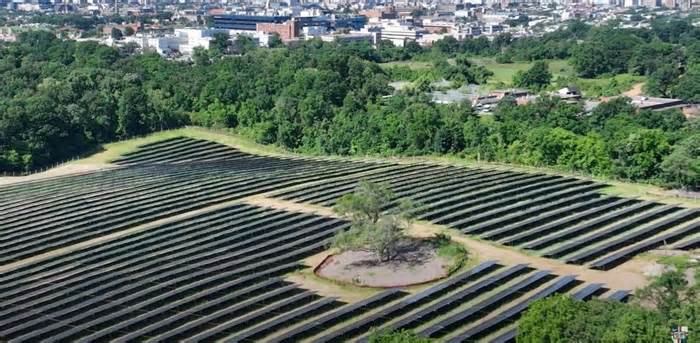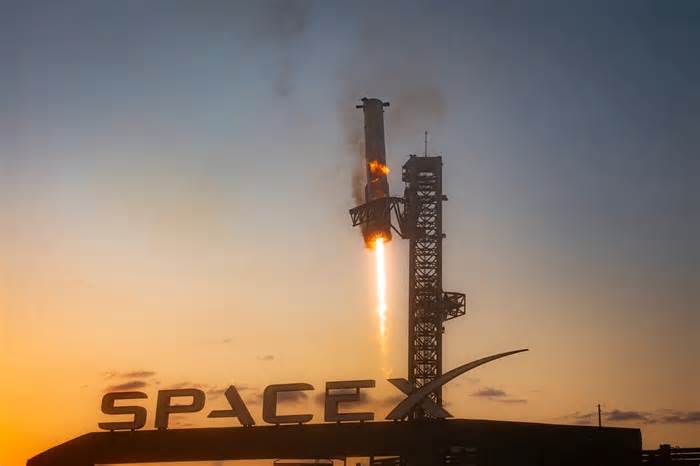
Will Elon Musk’s Tesla robotaxi see an easier regulatory path following Trump victory?
- by USA Today
- Nov 14, 2024
- 0 Comments
- 0 Likes Flag 0 Of 5

More:Tesla hits $1 trillion market value as Musk-backed Trump win fans optimism
“Tesla has that entire journey in front of them,” said Phil Koopman, a Carnegie Mellon University engineering professor and autonomous-vehicle safety expert. He said Tesla’s current “Full Self-Driving” (FSD) system — which actually requires a human driver paying strict attention — is “nowhere near ready to be a robotaxi.”
Musk says self-driving Teslas will be ready next year, echoing unfulfilled promises dating back about a decade. He has increasingly bet Tesla’s future on robotaxis since this spring, when Reuters reported the automaker had scrapped plans for a mass-market affordable car for human drivers amid softening electric-vehicle demand and rising competition from cheap Chinese EVs.
He told investors last month at a Hollywood-style robotaxi unveiling near Los Angeles that Tesla would deploy fully autonomous versions of its Model 3 and Model Y next year in Texas and California. He also unveiled a two-seat “Cybercab” robotaxi he says will start production in 2026 and cost “roughly $25,000.” Tesla stock fell 9% the next day as some underwhelmed investors said Musk’s presentation lacked concrete product details. Since the election, however, Tesla shares have jumped more than 30%, adding nearly $200 billion in market value, as investors expect friendlier autonomous-driving and artificial-intelligence regulation.
'Billions of miles' More:Musk's 'golden ticket': Trump win could hand Tesla billionaire unprecedented power
Waymo is now the only company with California approval to charge passengers for rides in driverless taxis. It wasn't easy.
Waymo first secured a permit in 2014 to test with a safety driver. It got a driverless-testing permit four years later, in October 2018, after logging more than 2.2 million test miles. It took three more years and 3.7 million more testing miles to secure approval from the California DMV to commercially operate autonomous vehicles — with a human driver onboard — in San Francisco and parts of San Mateo County. Waymo logged another 7.4 million miles before winning approval in August 2023 to charge customers for rides in driverless robotaxis in San Francisco, state records show. Waymo also currently operates in Los Angeles and Phoenix.
GM’s Cruise also operated driverless-taxis in San Francisco but had its permit suspended after an October 2023 incident where a Cruise vehicle dragged a pedestrian who had been hit by another car for 20 feet.
Less regulation, more legal risk
Tesla faces different but still-difficult challenges in less-regulated states including Texas, which has almost no restrictions and specifically forbids cities from regulating driverless vehicles.
But Tesla would face immense legal liability for crashes the moment it claims its vehicles are fully autonomous. The automaker has until now blamed Tesla drivers in defending itself against lawsuits and regulatory investigations over accidents involving FSD and Autopilot. Tesla argues it warns drivers to pay attention because those systems aren’t fully autonomous.
If Tesla felt comfortable deploying self-driving technology in low-regulation states like Texas, then “presumably they would be doing it,” said Smith, the University of South Carolina law professor. But “once you say there is no need for a human to pay attention, then you’re pointing the finger back at yourself” when it comes to crash liability.
Insuring driverless Teslas would be another major challenge. Individual consumers can’t currently buy a fully autonomous vehicle — and so no insurance for one exists, said Bob Passmore, a vice president specializing in home and auto insurance for the American Property Casualty Insurance Association, a trade group. He said corporate autonomous vehicle operators currently get insurance through commercial policies or through specialty “surplus lines” policies for unusual cases.
Many state laws are similar to Texas, allowing registered driverless vehicles mostly unfettered access to roads, according to a Reuters review of the statutes. Others impose more restrictions: Nevada requires driverless-vehicle firms to get a testing certificate and use employees as safety drivers. Kentucky and South Dakota require vehicles to be able to pull safely off the road if they encounter problems. Fifteen of the 50 U.S. states have no laws specific to driverless-vehicles, according to the Autonomous Vehicle Industry Association, a trade group.
Light or nonexistent regulations could heighten the legal risk because autonomous-vehicle companies couldn’t argue they complied with strict government safety standards, said three experts in autonomous-driving law. California’s tougher regulations help protect companies securing approvals, which could provide “powerful” evidence for a defense if permitted firms get sued over crashes, said William Widen, a University of Miami law professor specializing in autonomous-vehicle liability.
"The lawyers would always rather have the blessing of regulators," he said, because it provides evidence that the company wasn't "behaving recklessly or negligently, and that they complied with all applicable laws."
Reporting by Chris Kirkham and Rachael Levy. Additional reporting by Alexandra Ulmer; editing by Brian Thevenot and Claudia Parsons
Featured Weekly Ad
Please first to comment
Related Post
Stay Connected
Tweets by elonmuskTo get the latest tweets please make sure you are logged in on X on this browser.
Sponsored
Popular Post
Tesla: Buy This Dip, Energy Growth And Margin Recovery Are Vastly Underappreciated
28 ViewsJul 29 ,2024






 Energy
Energy


















